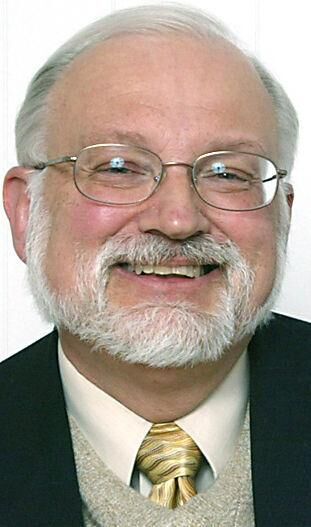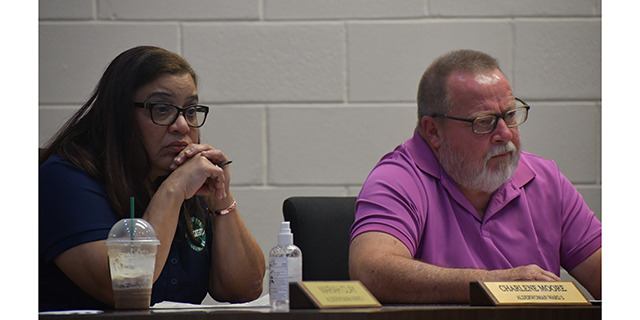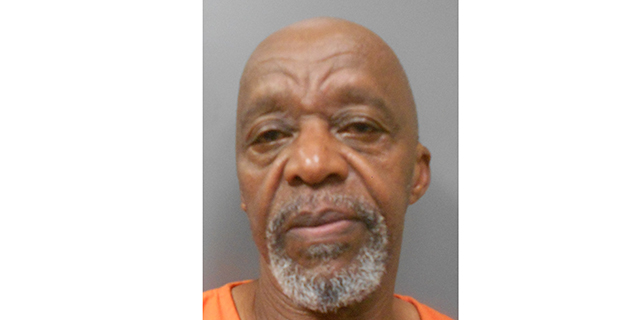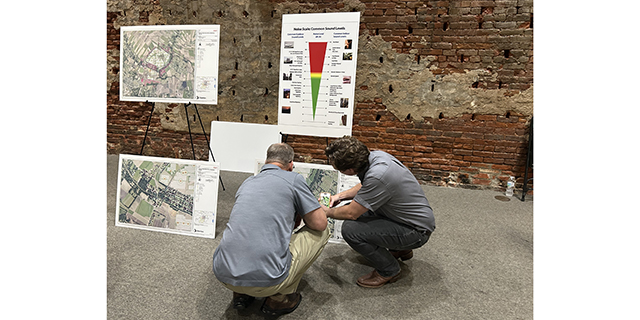Dr. John W. Ray: Myths about slavery still cause harm
Published 10:41 am Friday, September 20, 2024

- Dr. John W. Ray
The Cajun area has many myths—the rougaru or loup-garu (Werewolf), pere malfait (Bogeyman) and the feu follet (Will o’ the wisp). While frightening to the young, these myths are pretty benign. Myths surround Devil’s Pond in New Iberia and there is the myth of a big snake creating the Bayou Teche.
Common myths perform important functions such as explaining complex reality; adding mystery to experience; inspiring with awe; expressing deeply held beliefs and giving us a sense of place in our society.
We still love to read about Egyptian, Greek and Roman mythology. Scripture makes use of myths to teach lessons. Our history is imbued with myths.
Webster’s defines myth as: “a usually traditional story of ostensibly historical events that serves to unfold part of the world view of a people or explain a practice, belief, or natural phenomenon.”
Many myths are harmless but they can turn offensive such as the myths about slavery, reconstruction and Jim Crow. The Gone with the Wind myth of the happy, carefree slaves; the myth that slavery ended with the 13th Amendment when it continued under other names; the myth of the Lost Cause and the myths of Blacks being predators as shown in the film Birth of a Nation are a few of these still lingering pernicious myths.
Being culturally mature means distinguishing myth from reality, particularly in areas pertaining to social and economic justice. Myths that justify injustice to segments of the population are pernicious and must be punctured. Malicious myths need to be exposed if we are to understand our history and culture.
The recent efforts by the Shadows and the Iberia African American Historical Society are exposing these myths. They place past myths about slavery, reconstruction and the Jim Crow aftermath in proper perspective; not to make people feel bad but to set the record straight. Fables should be taught as fables, myths as myths, and miracles as poetic fantasies. To teach superstitions as truths is a most terrible thing. The child mind accepts and believes them, and only through great pain and perhaps tragedy can he be in after years relieved of them. Hypatia (5th Century mathematician and astronomer)
We can learn more about all our area’s myths by visiting the Bayou Teche Museum and attending cultural/historical events such as those held at the Shadows and the upcoming Books Along the Teche Literary Festival next year.
Our myths, fables and legends can’t be lost because they are a vehicle for transmitting our culture from generation to generation; they provide a mythical/magical explanation of our world; they can teach important moral lessons and can give us a sense of identity. Life without myths and legends and fables would be extremely dull. We need to keep the good myths alive but we need to put to rest myths that are hateful and harmful today such as those surrounding race relations.
History, despite its wrenching pain, cannot be unlived, but if faced with courage, need not be lived again. Maya Angelou
Dr. John W. Ray, a New Iberia native, is a professor emeritus of political science and political philosophy at Montana Technological University, Butte, Montana. He was born in New Iberia, graduated from Catholic High School and USL and still regularly visits home to see friends and family.





